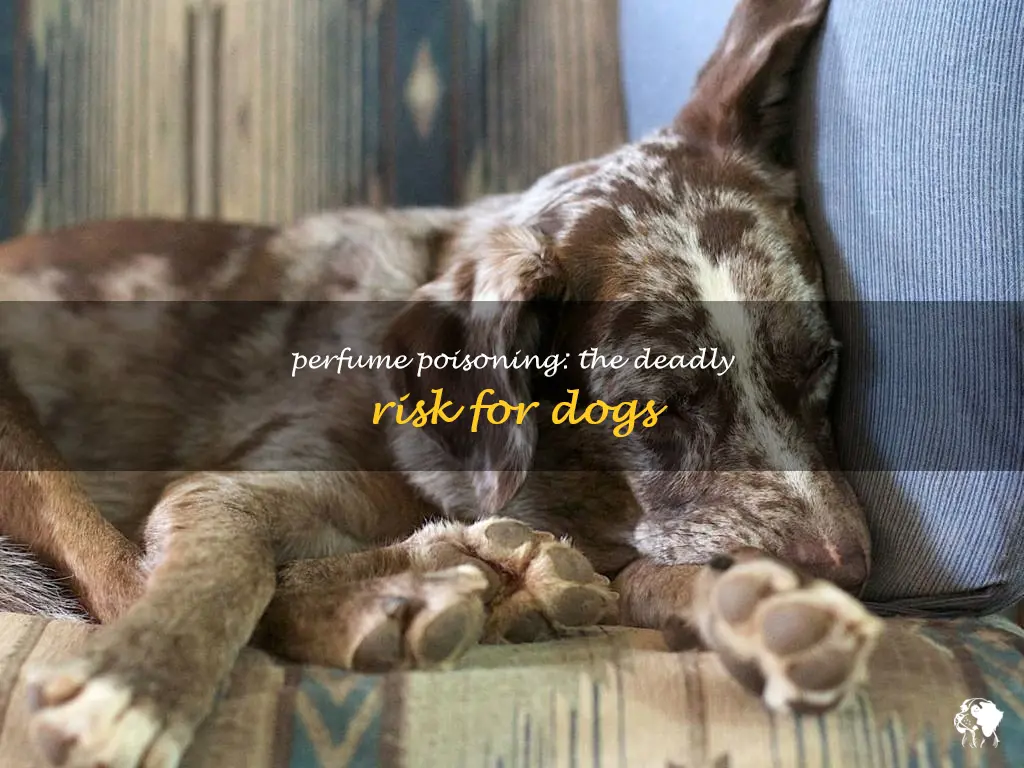
Image Source petshun.com
Introduction
Unlocking the mystery behind the potential dangers of perfume on our beloved canine companions
Perfume is a staple in many households, but have you ever wondered if it could harm your furry friend? In this article, we delve into the question of whether perfume can kill dogs and explore its potential risks. By understanding the science behind fragrances and their effects on dogs, you can make informed choices to protect your four-legged family members.
From the chemicals found in perfumes to the symptoms of fragrance toxicity in dogs, we’ll provide you with a comprehensive overview, shedding light on the unseen dangers that linger in the air. Let’s embark on this olfactory journey to safeguard our furry friends from potential harm.
The Science of Fragrances and Dogs
Understanding the canine olfactory system and its unique vulnerabilities
Canines possess a sense of smell far superior to our own, allowing them to detect scents at levels undetectable by humans. However, this heightened sensitivity also exposes them to potential risks. Fragrances contain various chemicals, such as alcohol, formaldehyde, and essential oils, which can trigger adverse reactions in dogs.
Is perfume toxic to dogs? The answer lies in the composition of fragrances. Synthetic ingredients and high concentrations of certain chemicals can be harmful to dogs, leading to severe health issues. Certain essential oils, commonly found in perfumes, can cause allergies, skin irritations, respiratory problems, and even organ damage in our furry companions. Awareness of these risks empowers dog owners to make informed choices when it comes to exposing their pets to perfumes.
Potential Risks and Symptoms
Recognizing the signs of perfume toxicity in dogs
The potential dangers of perfume extend beyond skin contact. Dogs can inhale fragrance particles or ingest them if they lick their fur. The symptoms of perfume toxicity may vary depending on the dog’s size, sensitivity, and the specific fragrance involved. It is crucial to stay vigilant and look out for signs such as coughing, sneezing, wheezing, difficulty breathing, skin rashes, excessive scratching, vomiting, or diarrhea.
Different breeds may exhibit varying levels of sensitivity to perfumes. Some canines may have pre-existing conditions, such as asthma or allergies, which make them more susceptible to fragrance-related complications. It is always recommended to consult a veterinarian if you suspect perfume exposure has adversely affected your dog’s health.
Protecting Your Dog from Perfume Dangers
Preventive measures and alternatives to keep your furry friend safe
While avoiding perfumes altogether is the safest option for your dog, it may not be practical in every situation. To minimize risks, opt for unscented or natural fragrances specifically formulated for pets. Always perform a patch test before introducing any new product to your dog’s routine. Additionally, regular grooming and proper ventilation in your living spaces can help reduce the concentration of fragrance particles, creating a safer environment for your canine companion.
Educating friends, family, and visitors about the potential dangers of perfumes on dogs can also prevent accidental exposure. By creating awareness, we can foster a pet-friendly atmosphere where our furry friends can thrive without unnecessary risks.
Conclusion
In the quest to keep our dogs safe and healthy, understanding the potential risks of perfume is vital. While perfumes may enhance our lives, they can pose a threat to our canine companions. By being mindful of the fragrances we use and the associated risks, we can create a harmonious coexistence, free from the dangers of perfume toxicity. Let’s embrace a fragrance-conscious lifestyle and prioritize our furry friends’ well-being.